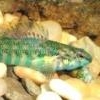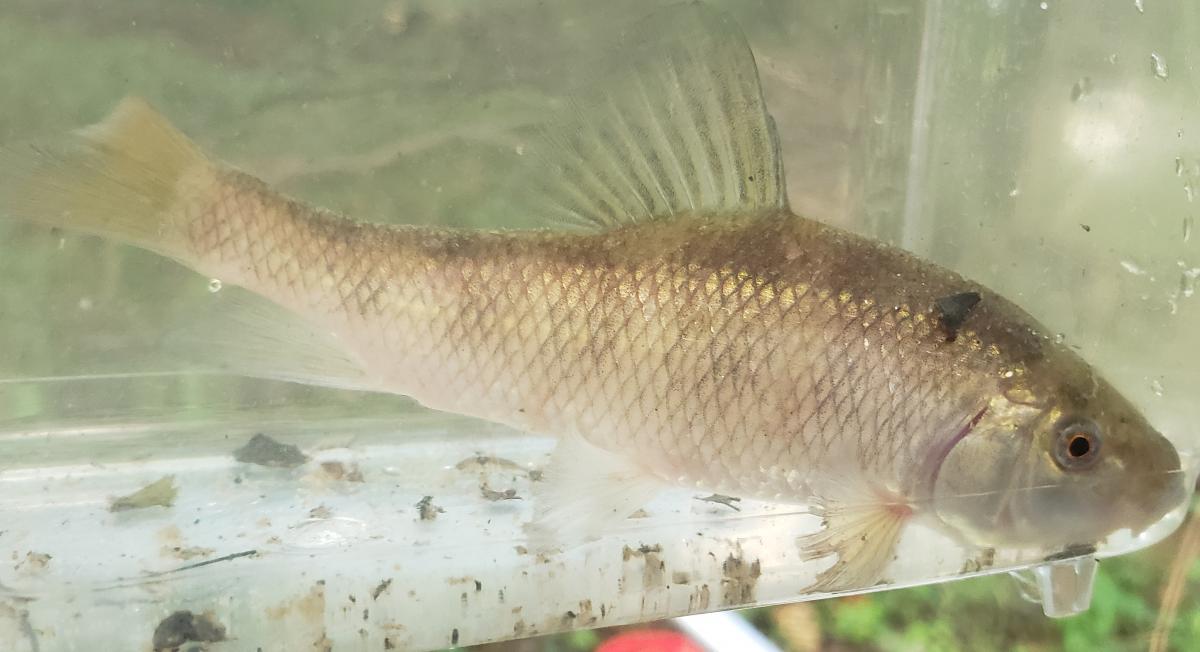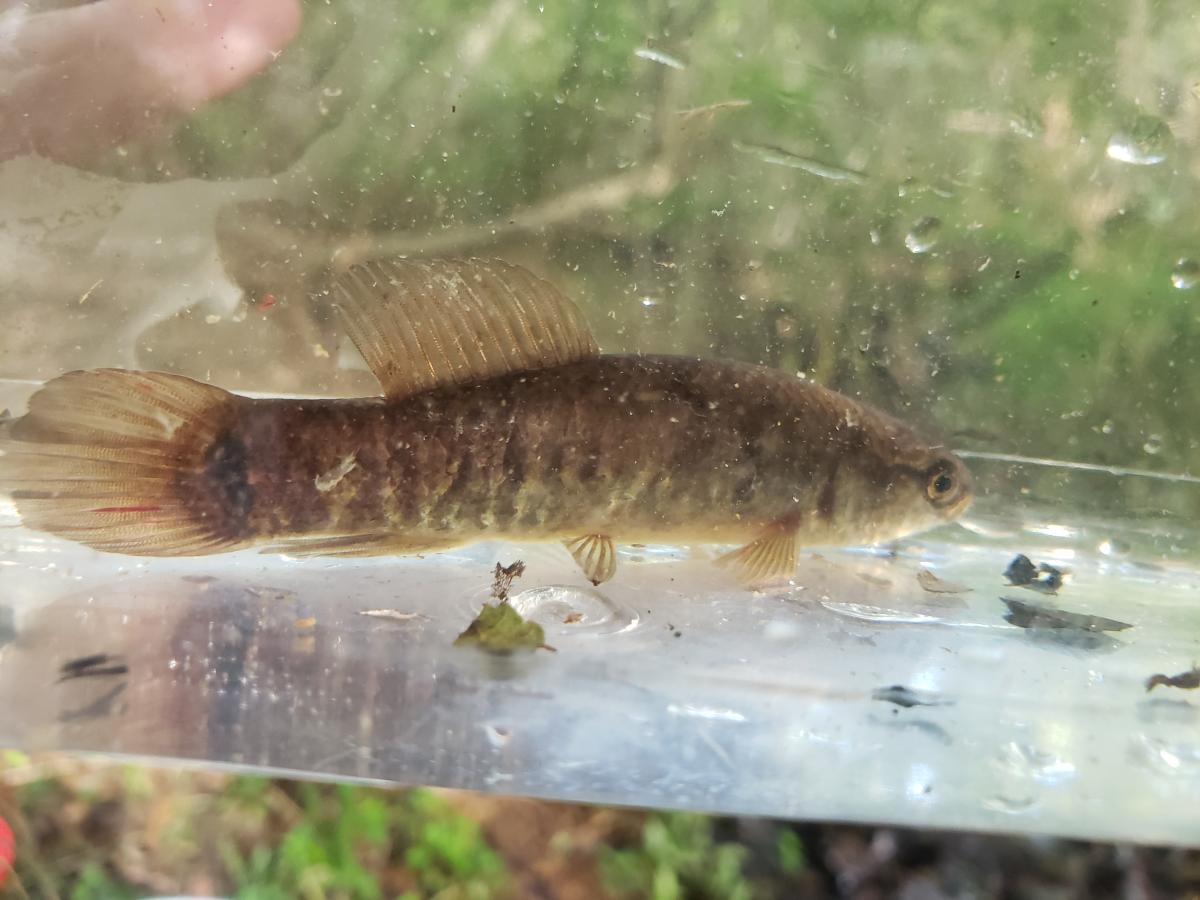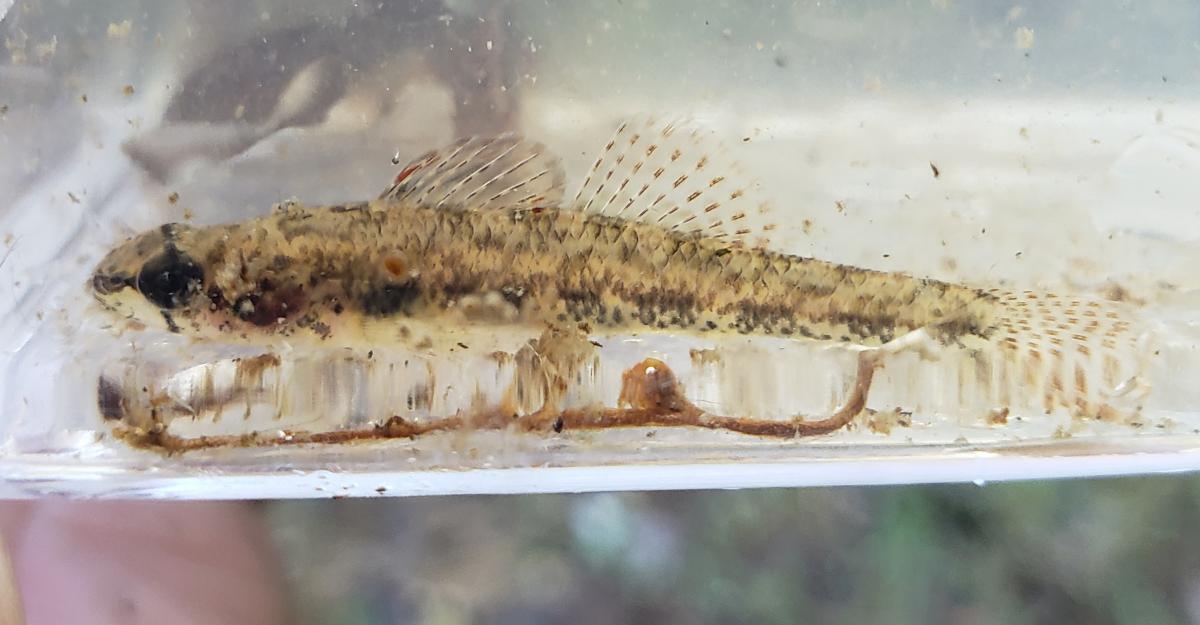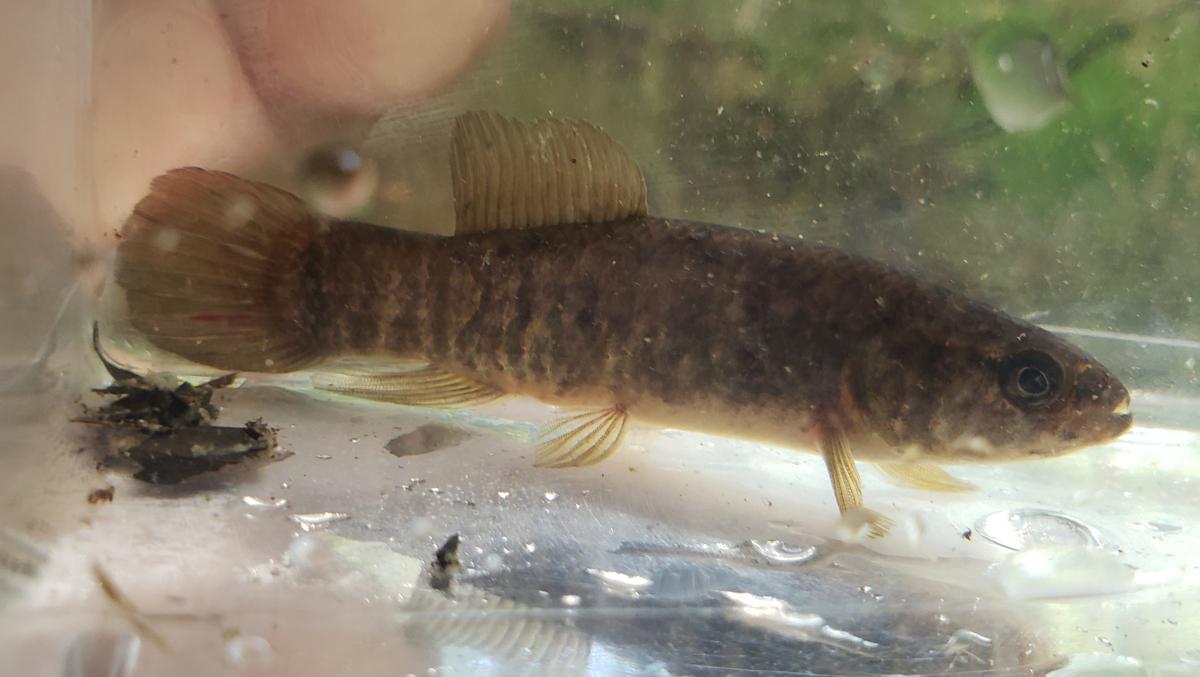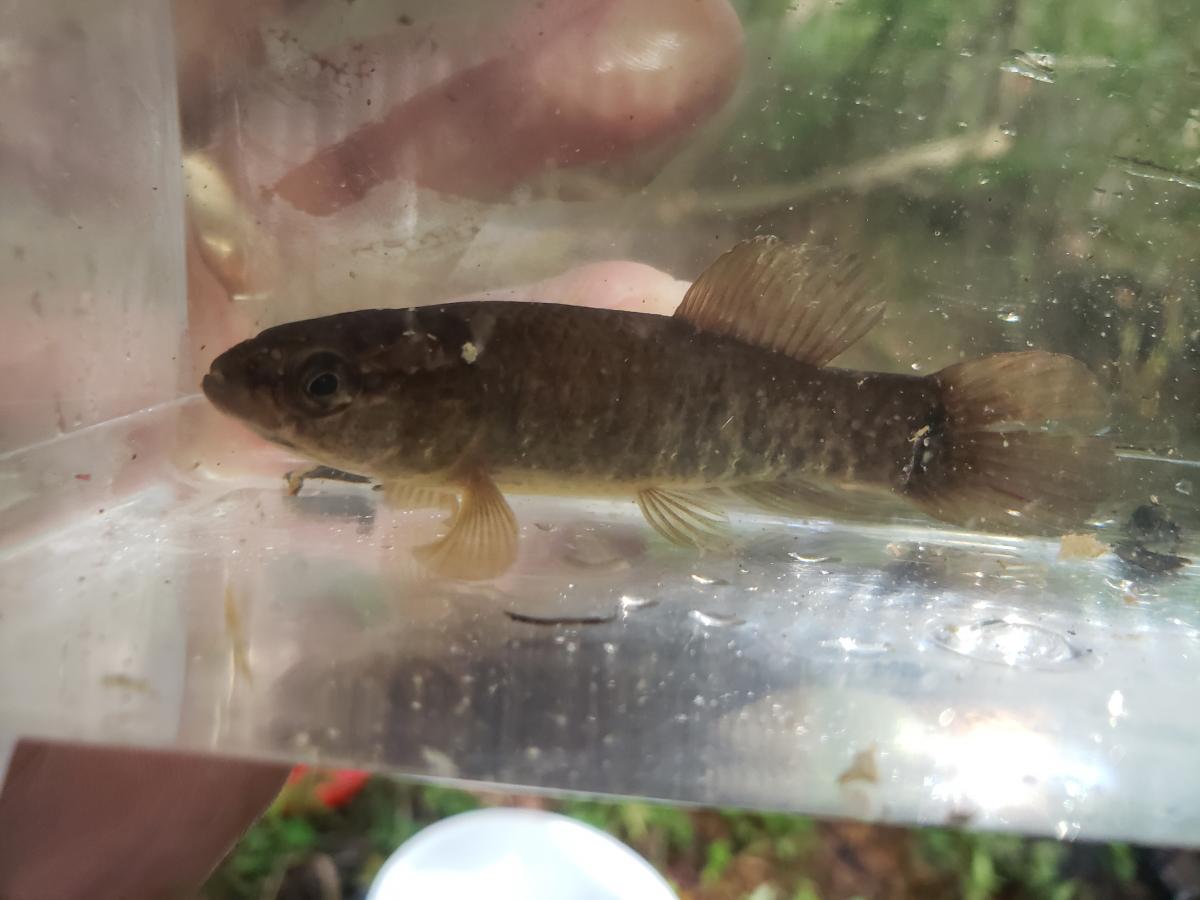There were actually good numbers of darters here. Mostly fantails but also these which I think may be Spottail darters (Etheostoma squamiceps) which are locally abundant in this region.
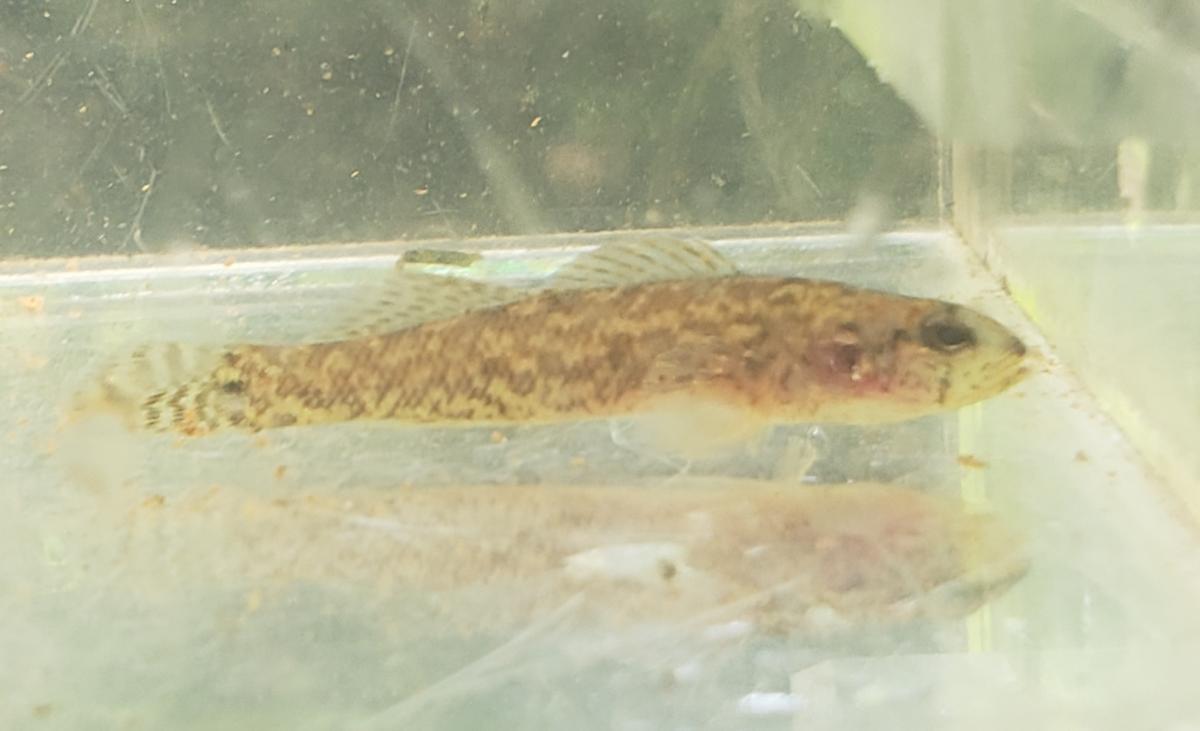
Lots of these sunfish. I think they are juvenile greens.

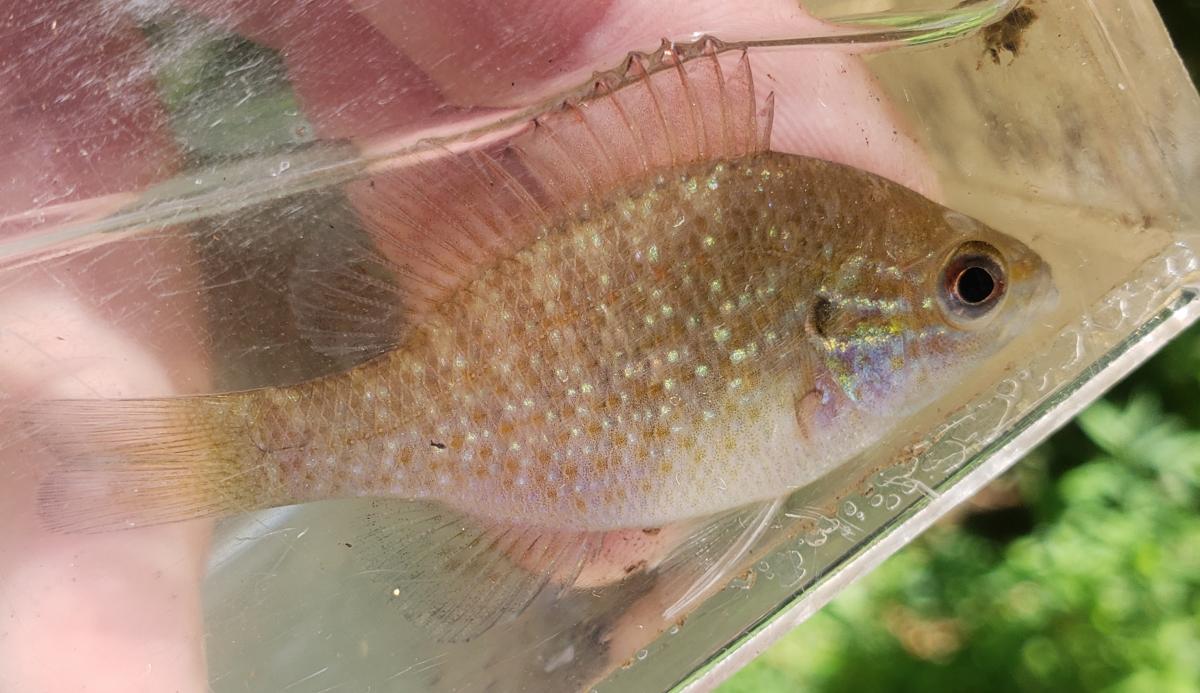
Finally I found some of these fish. Could they be juvenile Western Creek Chubsuckers?
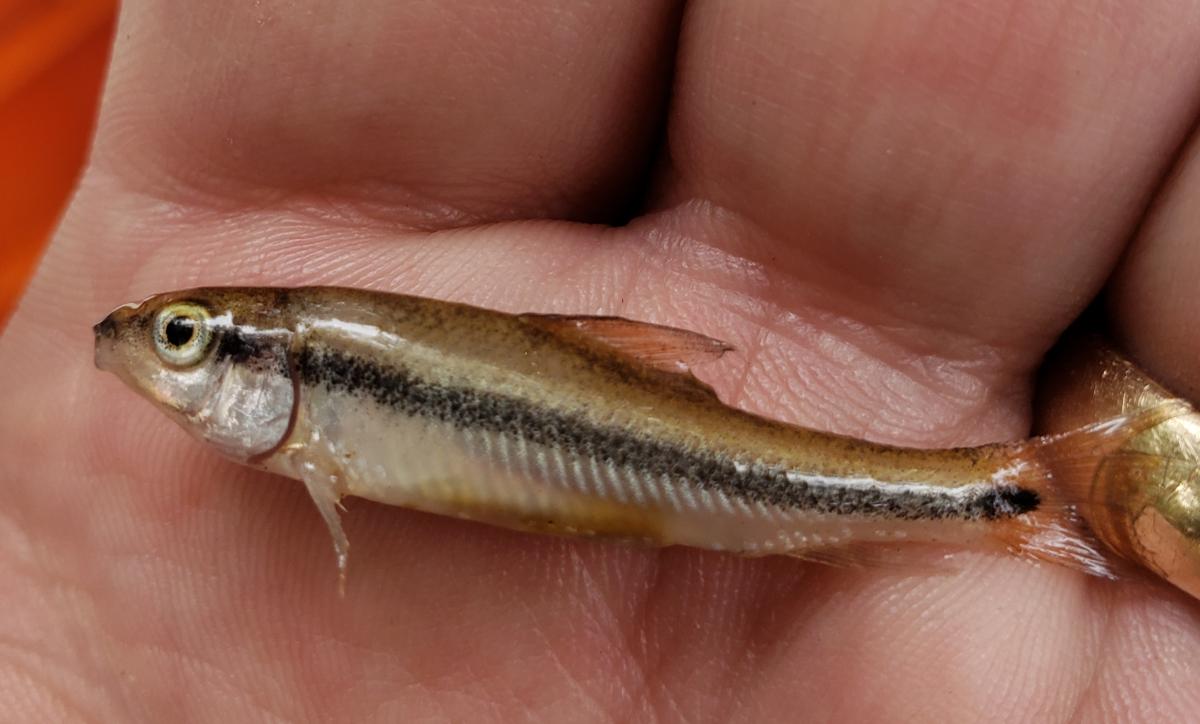

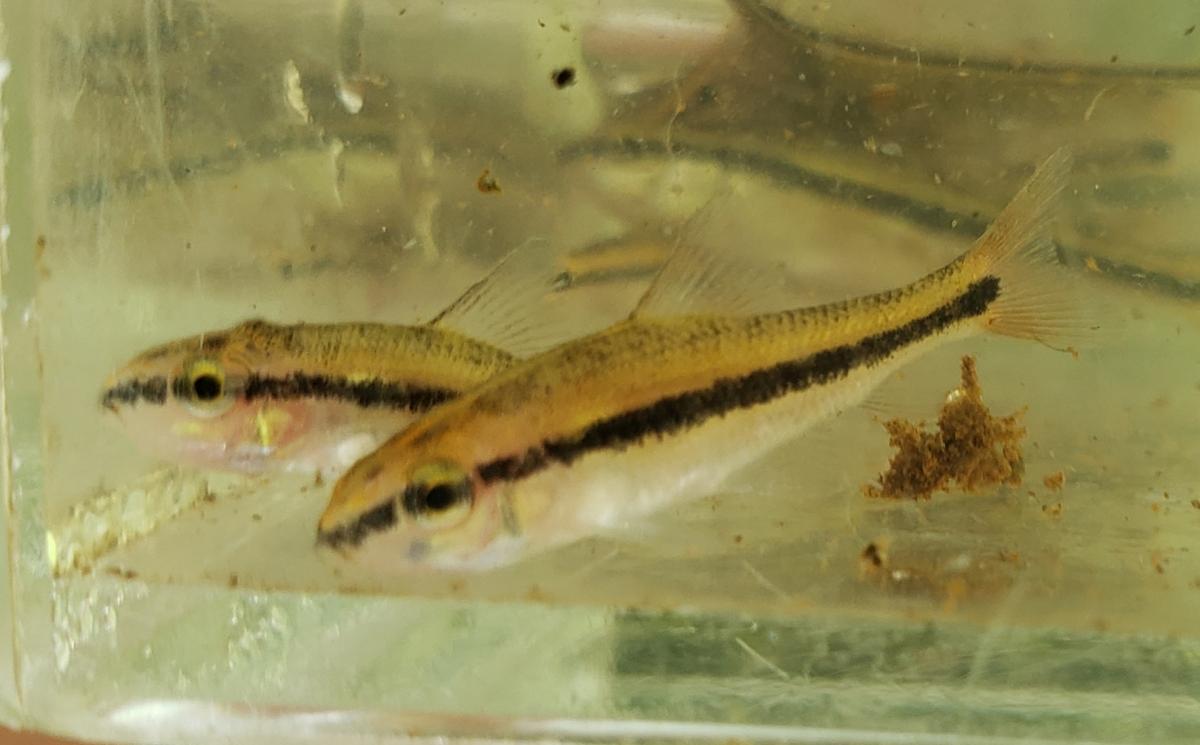
Here is a pic of the habitat sampled. This is a very turbid and muddy watershed in general.
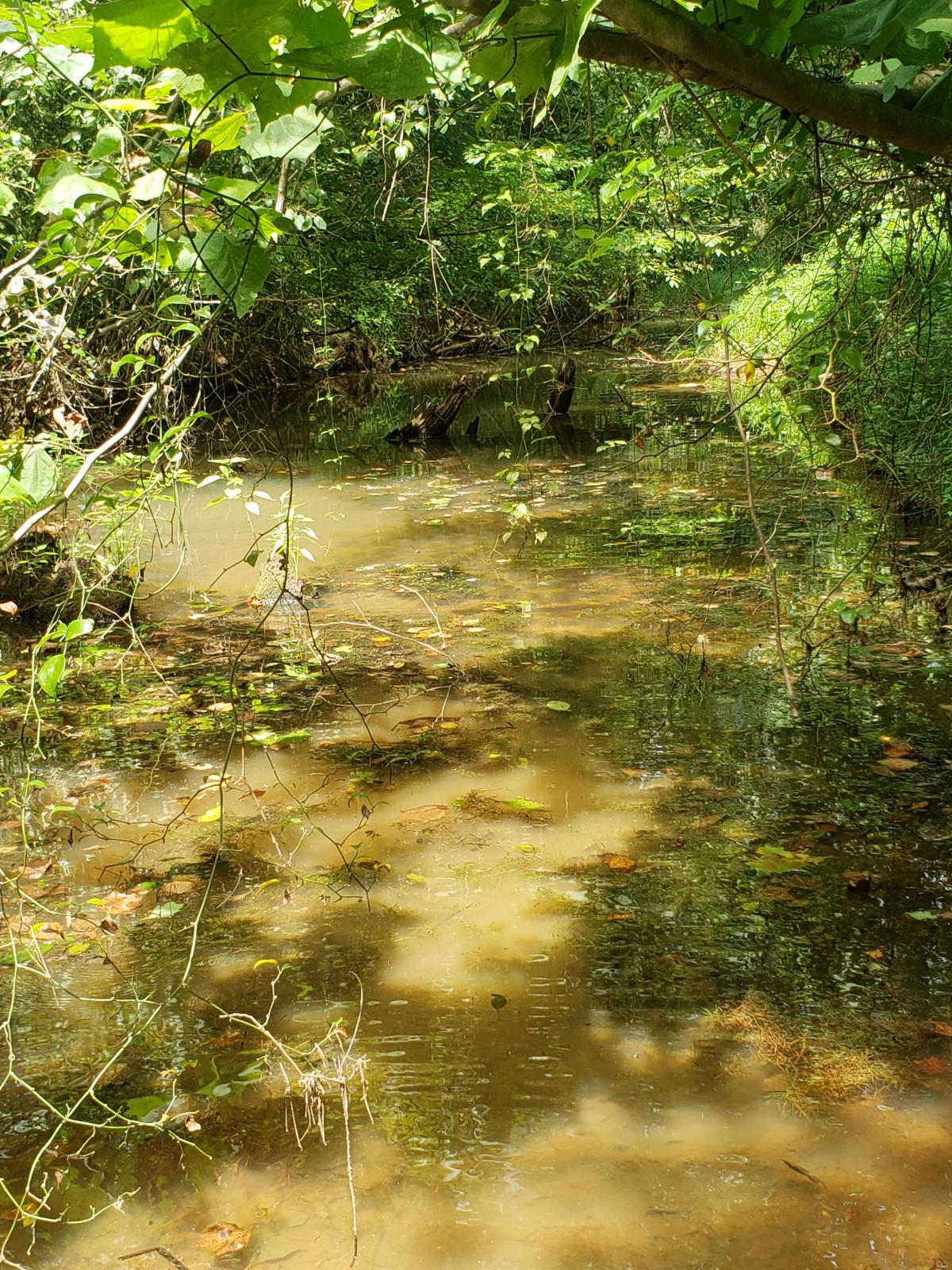
Thoughts appreciated.



